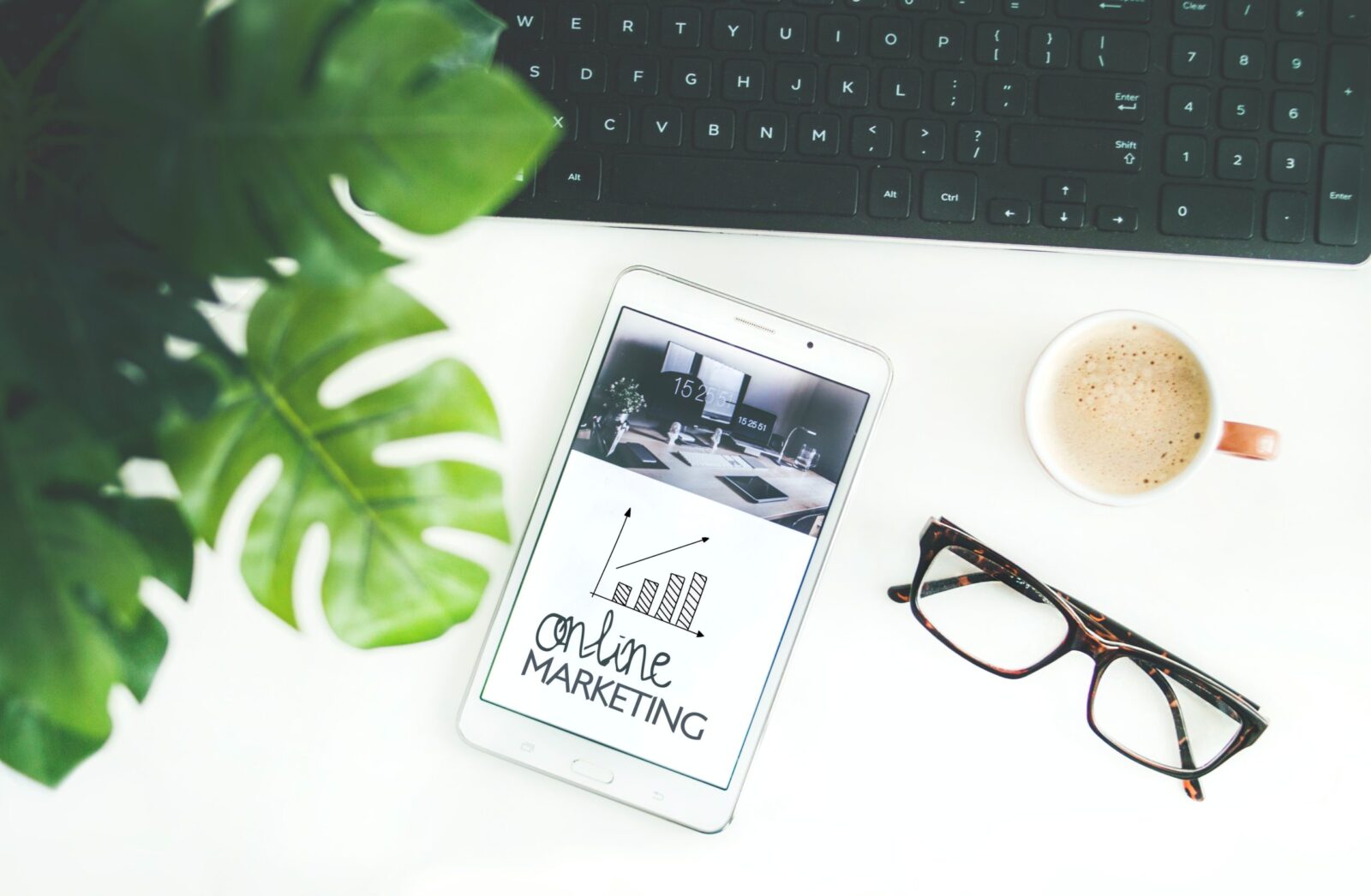How much are you ready to start B2B digital marketing?
When potential customers start looking for the services your company offers, the first place they look is online. That’s why all your sales and marketing efforts must work in parallel, on every single digital channel. After all, the online customer journey is made up of the sum of many parts: SEO, content, targeting, accessibility, coding and everything in between. An objective assessment of these components not only helps measure your company’s performance against industry benchmarks, it also offers food for thought to make improvements. In this article, you will learn some of the key points for B2B marketing, which fall into six main themes: Proposition, Targeting, Website, Content, Search and Lead Generation. Visibility of the value proposition The visibility of your proposition has an impact on the success of your entire online presence. Great design, layout and structure are important … but if your site visitors don’t understand what you do and why you do it better than the competition, they don’t have the incentive to buy from you! It is therefore good to remember that the proposition is the explicit and / or implicit value that a company puts in its products and that helps its customers choose it because it can give them an advantage. It is therefore a concrete statement of intent, in which it is clearly explained what is being sold and how it will be made and, finally, what its key benefit is. Targeting Your online presence should immediately attract the kind of customers you want to win. So, the more you know your customers, the easier it is to tailor your offers to them. The more you understand them, the more comfortable they feel and the longer they will feel comfortable. So to identify the right customer target, you need to take into account demographics, location and, above all, interests and opinions. Site loading speed Visitors will linger on your site for some time. And the more time they spend, the more money they will spend on your products and services! So what should your website look like? In a word, fast. It needs to load images and text quickly, be responsive, work on both mobile and desktop, and keep visitors as engaged as possible before they lose interest. Google Lighthouse can be useful as an open source automated tool for measuring the quality of web pages. Accessibility Businesses that prioritize accessibility are more likely to be seen as innovative and inclusive businesses, thus reaching more people. But how does this impact your website? On two fronts. First, it means having a responsive site that works on different types of devices. Secondly, accessibility includes the implementation of several features to help users with some disability navigate your website better. Although the level of accessibility of a website may vary, there is no doubt that this translates into a better information consultation and a better user experience, which has a positive effect on your brand and its reputation. About us A company is more than just a business, it’s a group of people: talented experts who work tirelessly to help customers. People buy from other people, which is why it is so important to outline who you are on a dedicated page under the heading “About Us”. It is also an opportunity to tell the story of your company, why it was born and how potential customers can get in touch with you.






